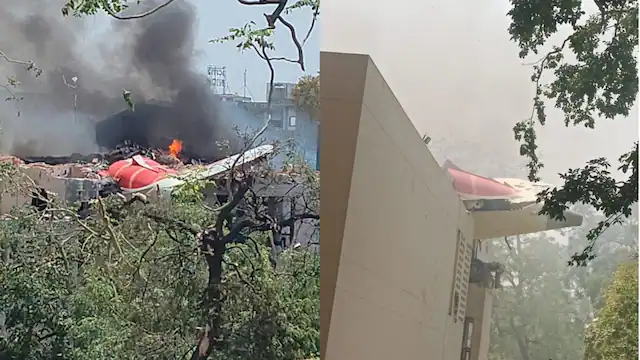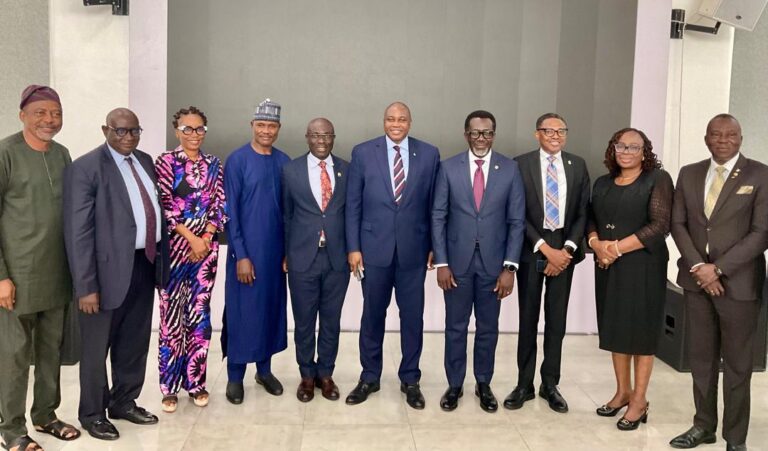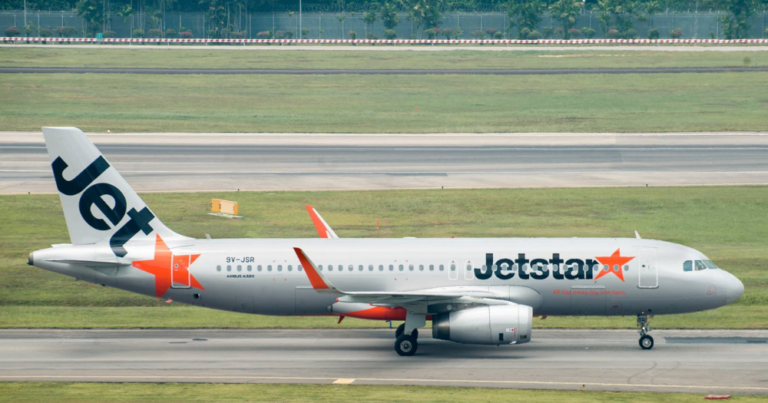
The recent Air India Flight 171 crash near Ahmedabad has not only resulted in a devastating human toll—241 lives lost—but is also expected to become one of India’s costliest aviation insurance events, with claims projected to reach ₹1,000 crore.
Breakdown of the Insurance Coverage
Air India has a comprehensive global aviation insurance program valued at $20 billion, split into:
Hull Insurance: Covers aircraft damage, estimated at $211–$280 million for the Boeing 787-8 Dreamliner involved.
Liability Insurance: Covers legal and passenger claims and is expected to bear the brunt of the financial fallout. The aircraft, a 2013 Dreamliner, was reportedly insured for around $115 million in 2021. Damage, whether partial or total, will be compensated based on the declared insured value.
Passenger Liability & Compensation
Under the Montreal Convention, 1999—which India adopted in 2009—passenger compensation is calculated in Special Drawing Rights (SDRs): Up to 128,821 SDRs per passenger (roughly $171,000 or ₹1.42 crore), regardless of fault.
Additional compensation may apply if Air India is found negligent. The final payouts depend on several variables including the deceased’s income, age, dependents, and economic status. Air India has announced ₹1 crore interim compensation per victim’s family.
Who Bears the Cost?
According to experts, major Indian carriers like Air India use international reinsurance pools, spreading risk across global markets in London and New York. No single insurer bears the full brunt—lead reinsurers typically hold 10–15% of the exposure.
Long-Term Impact
While hull loss is covered under aircraft insurance, liability claims related to passengers and third parties could exceed ₹1,000 crore, shaking up India’s aviation insurance landscape. This tragedy is shaping up to be one of the deadliest and most financially burdensome airline disasters in Indian history.









